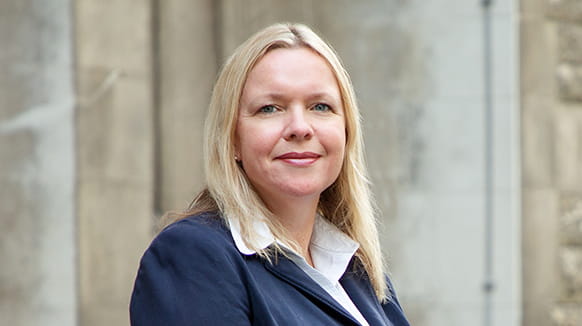*co-authored by Trainee Solicitor Christopher Orford
Seaworthiness and autonomous vessels
With over 1,000 autonomous vessels in operation worldwide1, and the value of this market expected to increase by 50% in the next decade2, questions remain on how autonomous vessel operation will dovetail with existing international rules. The recent decision by the Supreme Court in CMA CGM Libra3 provides beneficial clarity on the seaworthiness of a conventional vessel, but serves as a reminder that autonomous ships will, by their nature, give rise to new implications in determining seaworthiness.
Seaworthiness and CMA CGM Libra
Under a contract of carriage of goods by sea, the carrier is usually (by means of the Hague/Hague Visby Rules) required before and at the beginning of a voyage to exercise due diligence to make the ship seaworthy (including fitness to receive and carry the cargo, good repair of the machinery and equipment and sufficient crew, stores, and fuel). The CMA CGM Libra centered around whether a defect in the passage plan of a container vessel made the vessel unseaworthy for the purposes of a bill of lading under the Hague Rules. The Supreme Court agreed with the lower courts that the defect was causative and made the vessel unseaworthy and, in doing so, the court clarified a number of important points with respect to determining the seaworthiness of a vessel. These included: (1) that seaworthiness and management of a ship are not mutually exclusive, meaning if a vessel is unseaworthy it does not matter if the cause of, or the unseaworthiness itself, is negligent navigation or management; and (2) that the concept of unseaworthiness is not limited to an “attribute of the vessel which threatens the safety of the vessel or her cargo”, and in most cases is subject to the ‘prudent owner’ test i.e., would a prudent owner have sent the ship to sea with the relevant defect (had the owner known of the defect) without requiring it to be remedied before sending the ship to sea.
How will seaworthiness be judged on autonomous vessels?
The day that autonomous vessels carry commercial cargoes is perhaps not as far off as some observers may think, for example, early next year, a Japanese group including NYK (Nippon Yusen Kabushiki Kaisha) plan to conduct the first test of an autonomous container ship in an area with heavy marine traffic. The CMA CGM Libra is perhaps a timely reminder to those involved with autonomous vessels that where contracts of carriages impose due diligence obligations on the vessel owner in respect of seaworthiness, autonomous vessels will give rise to a variety of further issues that may need to be considered in determining whether an owner has exercised the necessary due diligence. Such issues may include:
- the extent and means of controlling remote access to vessel (and/or as applicable remote-control centre) systems (not only to prevent malicious cyber-attacks, but also to ensure only suitably experienced and qualified people operate or maintain systems );
- ensuring and evidencing all necessary updates (including, for example, system software updates and navigational updates such as notice to mariners) have been installed/ downloaded into the vessel’s (and/or, as applicable, the remote-control centre’s) systems;
- determining whether an owner has exercised due diligence in respect of ensuring a fully autonomous vessel’s ‘decision making’ systems are not defective/deficient. In particular, where such ‘decision making’ systems may be the result of the continued ‘learning’ by onboard artificial intelligence and therefore the status or condition of those systems at any one time may not be readily discernable.
The extent to which contracts of carriage will be amended to address (and/or reallocate the risk of) some of these issues where carriage is to be by way of autonomous vessels is still to be seen. CMA CGM Libra is however a useful reminder to those involved in autonomous vessels that, even in the context of cargo carriage by non-autonomous vessels, the fundamental requirements relating to seaworthiness continue to give rise to protracted legal disputes and accordingly careful consideration is required as to what adjustments would need to be made for contracts of carriage by autonomous vessels if the carriage of goods by autonomous vessels is not to give rise to a multitude of disputes in the future.
1 https://www.maritime-executive.com/editorials/autonomous-vessels-are-becoming-a-commercial-reality
2 Allied Market Research ‘Autonomous Ships Market’, December 2020 -https://www.alliedmarketresearch.com/autonomous-ships-market
3 Alize 1954 and another (Appellants) v Allianz Elementar Versicherungs AG and others, “The CMA CGM Libra” [2021] UKSC 51
4The classification society, DNV, has recently introduced a new competence standard for remote-control centre operators.
